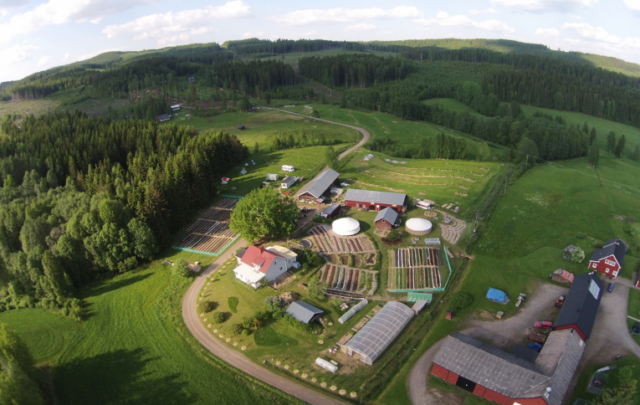Asian farmers drilling millions of pump-operated wells in an ever-deeper search for water are threatening to suck the continent’s underground reserves dry, a science magazine warned on Wednesday.
“This little-heralded crisis is repeating itself across Asia and could cause widespread famine in the decades to come,” London-based New Scientist said in a report on scientists’ findings at a recent water conference in Sweden.
The worst affected country is India.
There, small farmers have abandoned traditional shallow wells where bullocks draw water in leather buckets to drill 21 million tube wells hundreds of meters (yards) below the surface using technology adapted from the oil industry, the magazine said.
Another million wells a year are coming into operation in India to irrigate rice, sugar cane and alfalfa round-the-clock.
While the $600 pumps have brought short-term prosperity to many and helped make India a major rice exporter in less than a generation, future implications are dire, New Scientist said.
“So much water is being drawn from underground reserves that they, and the pumps they feed, are running dry, turning fields that have been fecund for generations into desert,” it said.
Tushaar Shah, head of the International Water Management Institute’s groundwater station in Gujarat, said there was no control over the expansion of pumps and wells.
“When the balloon bursts, untold anarchy will be the lot of rural India,” he said at the annual Stockholm Water Symposium.
Shah said Indian farmers were taking 200 cubic kilometers of water out of the earth per year, with only a fraction of that replaced by the monsoon rains.
SUICIDES AND POWER-CUTS
“The same revolution is being replicated across Asia, with millions of tube wells pumping up precious underground water reserves in water-stressed countries like Pakistan, Vietnam, and in northern China,” the New Scientist report said.
In China’s breadbasket, the northern plain, 30 cubic kilometers more water is pumped to the surface each year than is replaced by rain, it said. Officials have said water shortages will soon make China dependent on grain imports.
Vietnam has quadrupled its number of tube wells in the past decade to 1 million, while water tables are plunging in the Pakistani state of Punjab, which produces 90 percent of the country’s food, New Scientist added.
In India, “farmers have invested some $12 billion in the new pumps, but they constantly have to drill deeper to keep pace with falling water tables,” it said.
Meanwhile, half of India’s traditional hand-dug wells and millions of shallower tube wells have already dried up, “bringing a spate of suicides among those who rely on them.”
Another consequence is electricity blackouts, reaching “epidemic proportions” in some Indian states where half of the power is used to pump water from up to a kilometer down.
To counter the water crisis, some states are placing small dams across river beds in a bid to replenish groundwater by infiltration, and Hindu priests are organizing farmers to capture monsoon rains in ponds, the report said.
But the Indian government has gone cool on a proposed $200 billion River Interlinking Project to redistribute water round the country. “In any case, the water supplied would probably come too late,” New Scientist said.





